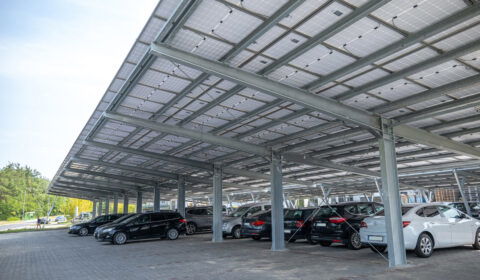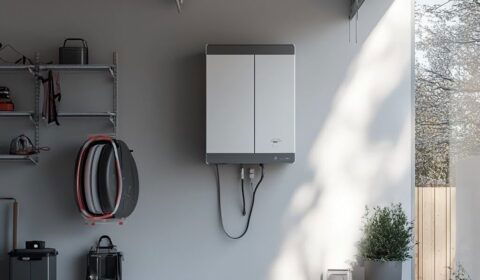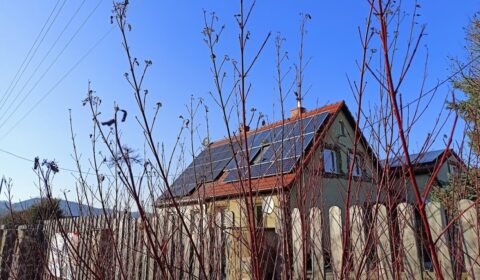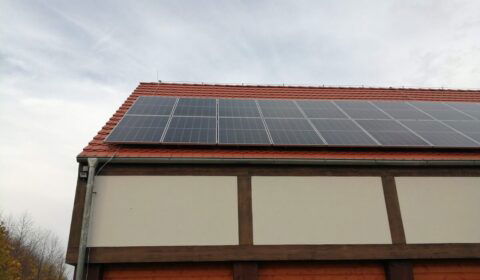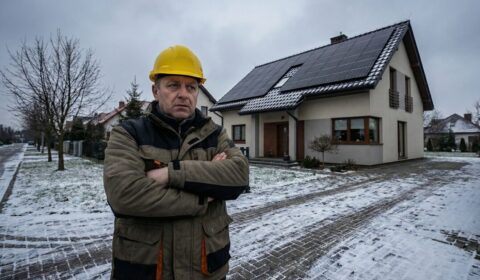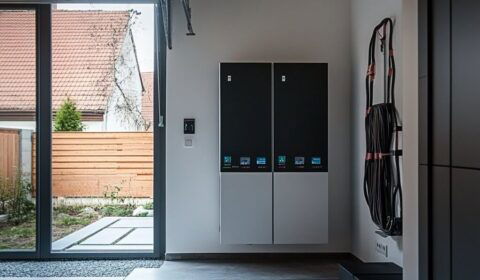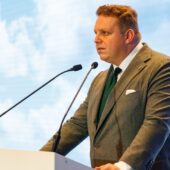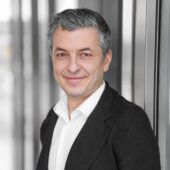EWEA o POlsce
Pierre Tardieu, regulatory affairs adviser at the European Wind Energy Association (EWEA),
The Polish need for wind power can hardly be denied. Under the country’s EU commitment, it needs to increase energy consumption from renewables to 15% of the total in 2020, up from 7.2% in 2005.
As part of its NREAP, Warsaw is targeting 6.55GW of wind by 2020, including 500MW offshore in the final year and 550MW in small-wind installations, according to the Polish Wind Energy Association (PWEA). The country had 1.62GW of wind at the end of 2011, including 437MW added that year.
The need to build capacity steadily has not stopped politicians from introducing uncertainties that are threatening to stymie prospects, in line with Poland’s resistance to more ambitious emissions targets at a European level.
The EWEA says Poland’s wind target is well below the 10-12GW that it believes the country could achieve.
“We think they are not being ambitious, and it’s disappointing because wind has the potential to create employment on a large scale,” says Tardieu, adding that the country is already seeing some major blade manufacturing.
The Polish NREAP foresees a stable development over the next ten years, with installations of about 500MW per year, starting with 450MW in 2011 and reaching 520MW in 2019, but with a big jump in 2020 to more than 1GW a year if Poland starts to build offshore.
Tardieu says that despite demand and strong interest from developers, Poland suffers from a “big cultural hurdle”, which was seen most notoriously last month, when it single-handedly blocked EU plans to increase emission reduction targets.
Since the government published a draft renewables act in December, the proposed regulations have caused dismay among developers and turbine makers. The PWEA says experts “are afraid that wind power may lose its position after the new law becomes effective”.
Among other things, the draft regulations foresee limiting the lifetime of green certificates to 15 years, when projects are planned around a 20-year life cycle for turbines, creating what an official at one manufacturer calls “a huge problem” with project financing.
There are also doubts over plans to change the rules governing the reference value for green certificates, which is set by the Energy Regulatory Office through the so-called substitution fee, which may be paid by power operators instead of purchasing the certificates.
Importantly, proposed changes would have a retroactive impact that would affect projects already under way. The EWEA has voiced its concern to the government, as well as the relevant EU commissioners, and there have been reports that the authorities are reconsidering the draft and looking to remove the changes.
Tardieu describes retroactive changes as “poison” for the industry, because of the perception of risk and uncertainty that they would create. It could cause a backlash among financiers, who would no longer be willing to bankroll wind projects in the country.
“When you make retroactive changes, this changes the conditions for financing and means projects require a bigger risk premium. Ultimately this makes power more expensive for the consumer,” says Tardieu. “It is our understanding that under these conditions it would be very difficult to reach the country’s targets.”
All is far from lost, however, and sector officials say constructive meetings are continuing with the government. Turbine makers Vestas, Gamesa and GE, which have taken 35%, 16% and 12% respectively of the Polish market, will be watching closely in the hope that steady growth can continue.



















